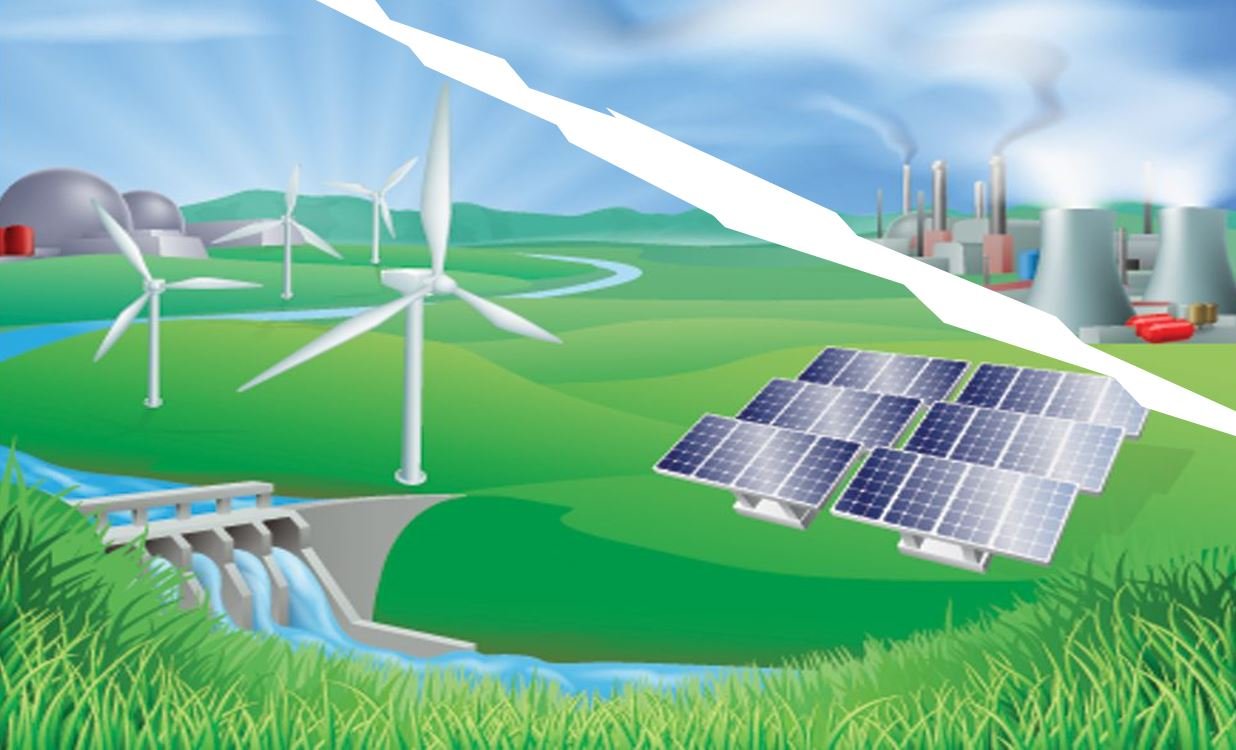The Power of Graphene: Fueling the Shift to Alternative Energy
Introduction: Revolutionizing the Energy Landscape with Graphene
The world is at a crucial juncture where the need for renewable energy has become more pressing than ever. In this pursuit, graphene has emerged as a game-changer, offering unparalleled potential to revolutionize the energy landscape. Graphene, a one-atom-thick sheet of carbon, has captured the attention of scientists and researchers worldwide due to its remarkable properties. From enhancing energy storage capabilities to improving solar cells and fuel cells, graphene holds immense promise for driving the shift towards alternative and sustainable energy sources.
Understanding Graphene: Unleashing Its Remarkable Properties
To comprehend the significance of graphene in the energy sector, we must first explore its remarkable properties. Graphene is renowned for its exceptional strength, electrical conductivity, and thermal conductivity, making it a unique material with a wide range of applications. Its incredible mechanical strength ensures durability in energy storage devices, while its unparalleled electrical conductivity allows for efficient and rapid charge and discharge cycles. Furthermore, graphene's exceptional thermal conductivity aids in cooling systems, making it ideal for renewable energy technologies that demand high-performance and reliability.
Harnessing Graphene's Potential for Renewable Energy
Harnessing graphene's potential is key to unlocking a sustainable future powered by renewable energy. This exceptional material has the potential to overcome many barriers currently limiting the progress of alternative energy sources. By integrating graphene into solar cells, we can enhance their efficiency levels, enabling greater power generation from the sun's abundant energy. Graphene's conductivity also holds promise for enhancing energy storage devices, such as lithium-ion batteries, by increasing their capacity and extending their lifespan. Moreover, graphene's unique properties can significantly improve the performance of fuel cells, allowing for cleaner and more efficient conversion of hydrogen into electricity. With ongoing research and advancements, graphene holds the key to transforming the renewable energy landscape and propelling us towards a greener, more sustainable future.
Graphene in Solar Energy: Enhancing Efficiency and Affordability
Graphene, a revolutionary material known for its exceptional electrical and thermal conductivity, is making waves in the field of solar energy. By incorporating graphene-based materials into solar cells, researchers are enhancing their efficiency and affordability. Graphene's unique properties allow for better light absorption, improving the overall energy conversion efficiency of solar panels. Additionally, the use of graphene can lead to cost reduction in solar cell production, making this renewable energy source more accessible to the masses.
Graphene in Energy Storage: Unlocking High-capacity Batteries
The increasing demand for high-capacity batteries for electric vehicles and renewable energy storage has driven researchers to explore graphene's potential in energy storage. Graphene-enhanced batteries have shown great promise in terms of energy density, charging speed, and longevity. The incorporation of graphene into battery materials improves conductivity and allows for faster charging and discharging rates. These advancements in energy storage technology powered by graphene could revolutionize the way we harness and store energy, accelerating the adoption of alternative energy sources.
Graphene-Based Supercapacitors: Enabling Fast-Charging Solutions
Supercapacitors, known for their ability to charge and discharge rapidly, are finding a new ally in graphene. By utilizing graphene-based materials, researchers are developing supercapacitors that can store and deliver large amounts of energy quickly. The high surface area and excellent conductivity of graphene enable these supercapacitors to charge up within seconds, providing a practical solution for quick-charging applications in portable electronics and electric vehicles. With graphene-based supercapacitors, the wait time for recharging devices could become a thing of the past, revolutionizing energy storage and propulsion systems.
Graphene in Energy Generation: Advancing Wind and Water Power
Graphene, a remarkable material known for its exceptional strength and conductivity, is now making waves in the renewable energy sector. In the realm of wind and water power, graphene-based technologies are revolutionizing the way we harness energy from these abundant sources. The introduction of graphene-coated blades for wind turbines enhances their efficiency by reducing drag and increasing energy conversion. Similarly, graphene-based materials can improve the performance of hydroelectric systems by facilitating more efficient water flow and reducing friction. With graphene's potential to enhance energy generation from wind and water, the era of clean, sustainable power is rapidly approaching.
Graphene-Coated Surfaces: Improving Energy Efficiency in Buildings
In the pursuit of energy efficiency, researchers are turning to graphene coatings to revolutionize how we design and construct buildings. Graphene-coated surfaces possess exceptional thermal and electrical conductivity properties, making them ideal for improving insulation and energy management within structures. By applying graphene coatings to windows, walls, and roofs, buildings can better regulate temperature, minimizing the need for air conditioning or heating. Furthermore, these coatings enable the integration of energy harvesting technologies, such as solar cells, into building structures. The incorporation of graphene coatings in construction materials opens new frontiers for improving energy efficiency, reducing carbon footprint, and creating more sustainable buildings.
Graphene's Role in Fuel Cells: Paving the Way for Clean Energy
Fuel cells hold immense potential for clean energy generation, and graphene is undeniably shaping their future. As a catalyst support material, graphene enhances the performance and durability of fuel cells, enabling more efficient conversion of chemical energy into electricity. Graphene's high surface area provides ample room for catalytic reactions, while its exceptional conductivity ensures the smooth flow of electrons. By leveraging graphene's unique properties, researchers are developing fuel cells with higher power density and longer lifespan, making them a viable alternative to traditional power sources. With graphene paving the way for clean energy in fuel cells, the prospects for a greener future look increasingly promising.
